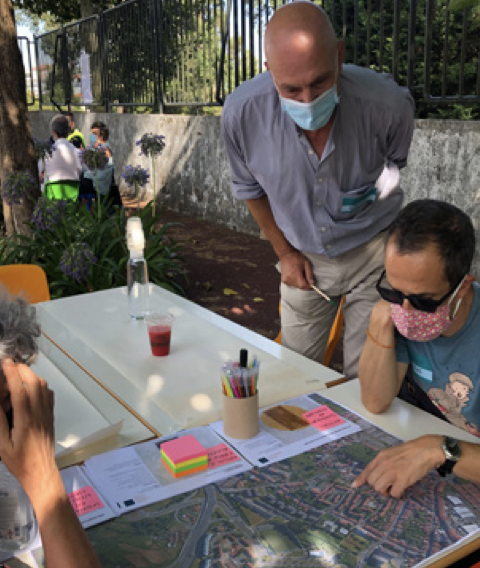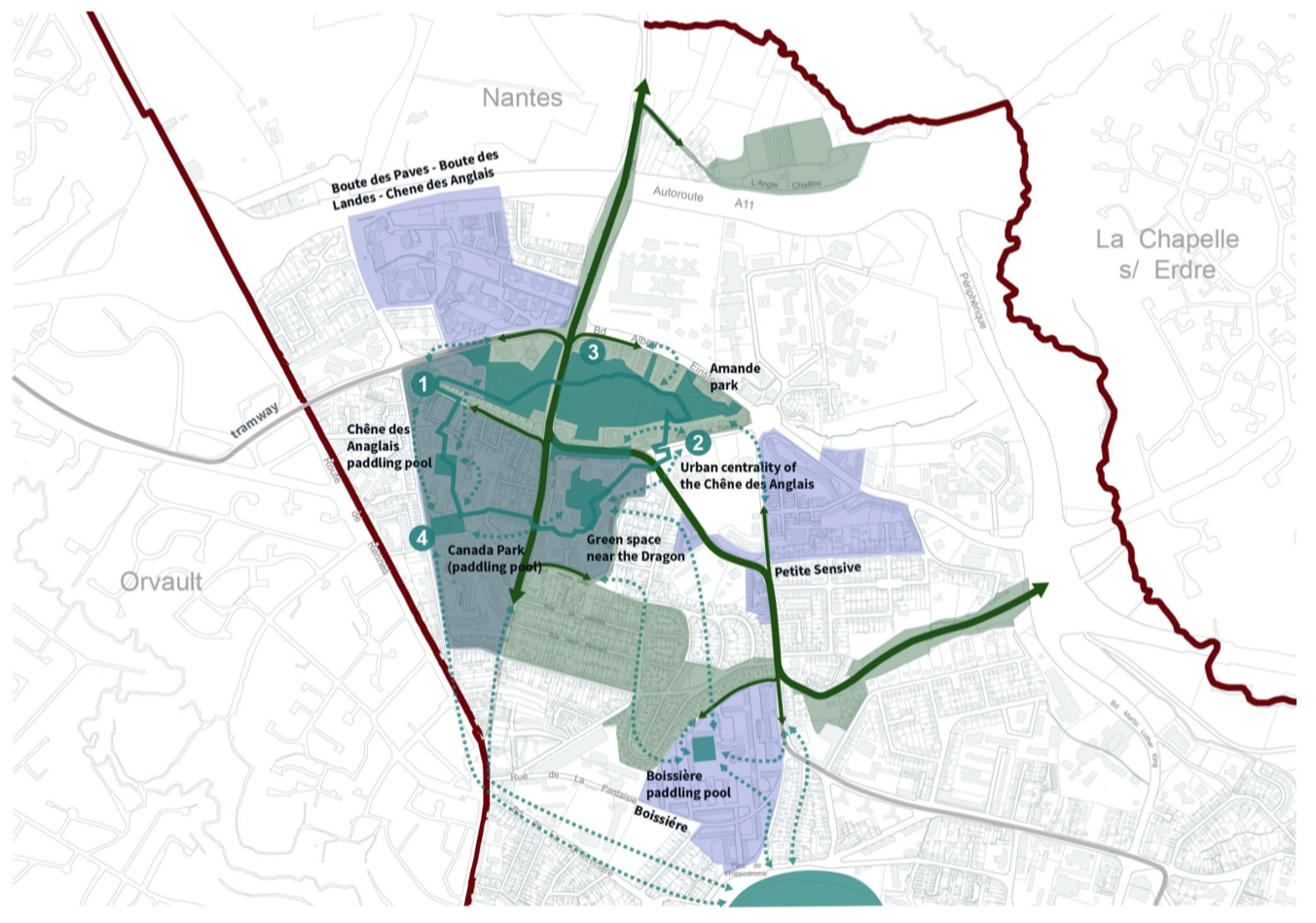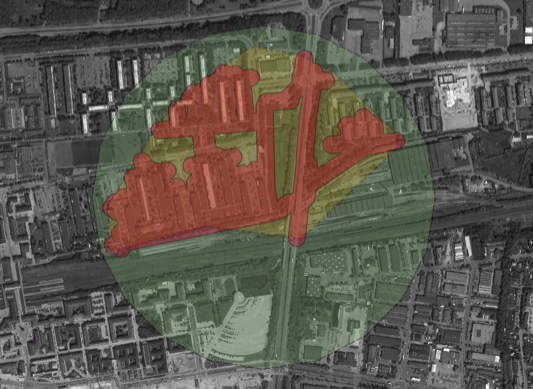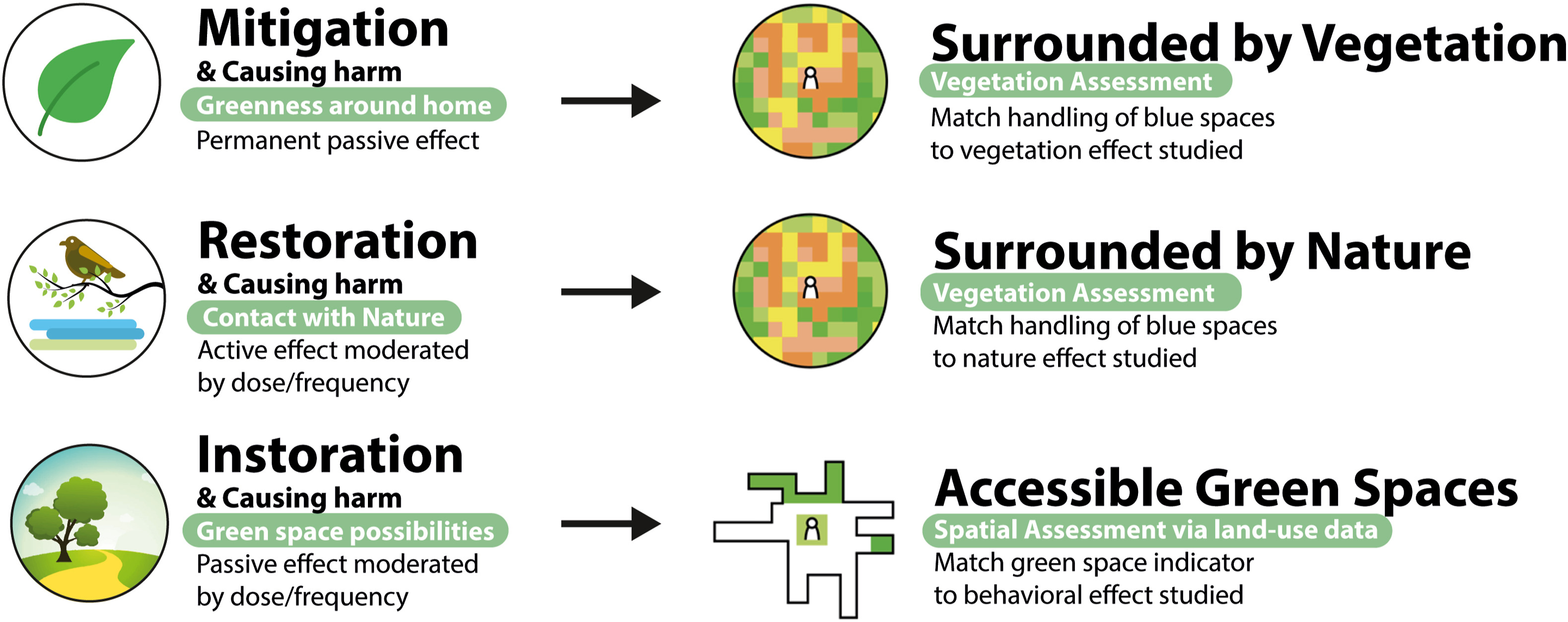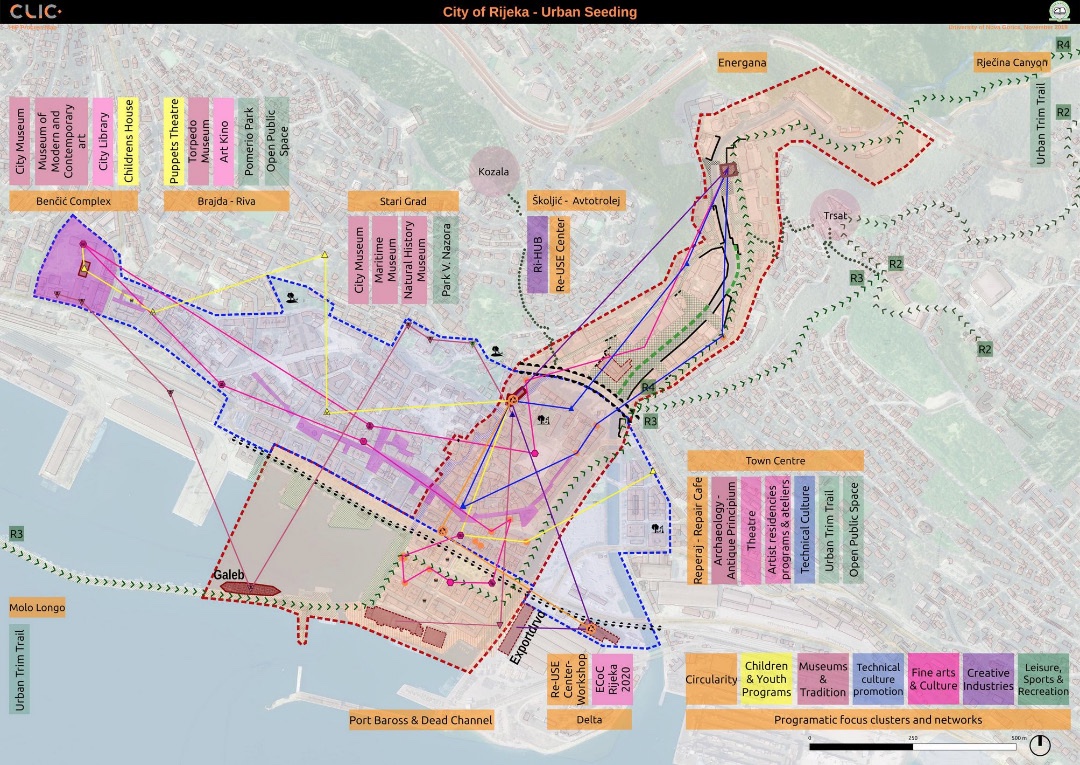Community-Based Monitoring
CHALLENGES ADDRESSED
Score impact
Nature
Wellbeing
Health
Mobility
Participation
Economy
DESCRIPTION
Tool for participatory decision-making improvement. It promotes an organized way of collecting ongoing or recurring information by residents, to be used by local governments and civil society, for planning, budgeting, and implementing local development programs, as well as for monitoring and evaluating their performance. Its activities cover community mapping, mobilization, capacity building, and information dissemination. Its benefits include:
- identification of problems and solutions in areas with fragmentation of needs and different vulnerable groups, which make it difficult to provide standardized solutions
- collective elaboration of simple and intuitive indicators
- contrast to lack of transparency and clientelism
- creation of relations of mutual trust between citizens and public officials
- awareness about policy-making helping citizens to understand the constraints of public action.
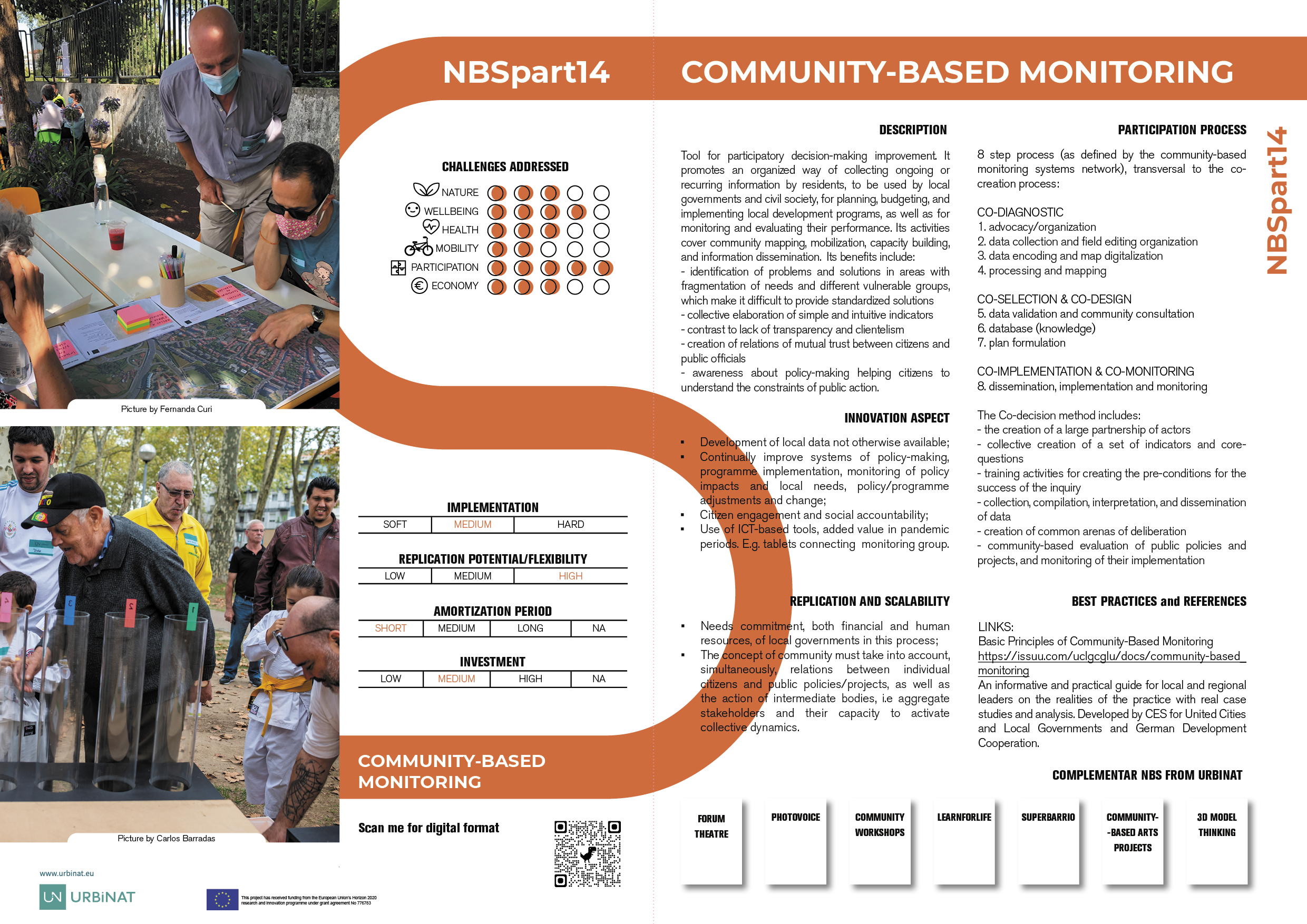
[PDF Download] Community-Based Monitoring
Tool for participatory decision-making improvement. It promotes an organized way of collecting ongoing or recurring information by residents, to be used by local governments and civil society, for planning, budgeting, and implementing local development programs, as well as for monitoring and evaluating their performance. Its activities cover community mapping, mobilization, capacity building, and information dissemination. Its benefits include:
- identification of problems and solutions in areas with fragmentation of needs and different vulnerable groups, which make it difficult to provide standardized solutions
- collective elaboration of simple and intuitive indicators
- contrast to lack of transparency and clientelism
- creation of relations of mutual trust between citizens and public officials
- awareness about policy-making helping citizens to understand the constraints of public action.
INNOVATION ASPECT
• Development of local data not otherwise available;
• Continually improve systems of policy-making, programme implementation, monitoring of policy impacts and local needs, policy/programme adjustments and change;
• Citizen engagement and social accountability;
• Use of ICT-based tools, added value in pandemic periods. E.g. tablets connecting monitoring group.
REPLICATION AND SCALABILITY
• Needs commitment, both financial and human resources, of local governments in this process;
• The concept of community must take into account, simultaneously, relations between individual citizens and public policies/projects, as well as the action of intermediate bodies, i.e aggregate stakeholders and their capacity to activate collective dynamics.
Participation Process
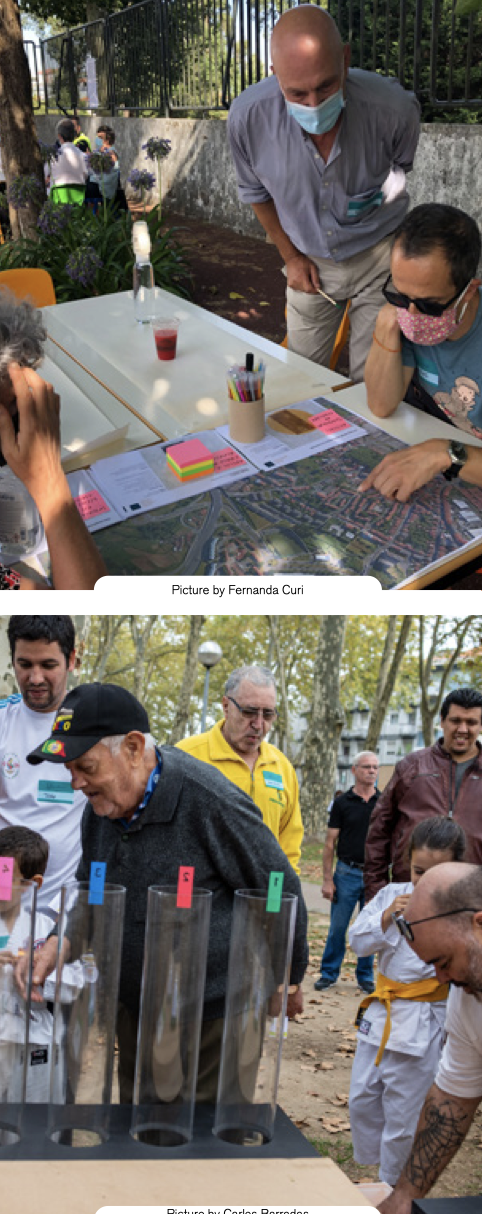
-
1
CO-DIAGNOSTIC
- advocacy/organization data
- collection and field editing organization
- data encoding and map digitalization
- processing and mapping
-
2
CO-SELECTION & CO-DESIGN
- data validation and community consultation
- database (knowledge)
- plan formulation
-
3
CO-IMPLEMENTATION & CO-MONITORING
Dissemination, implementation and monitoring
The Co-decision method includes:
- the creation of a large partnership of actors
- collective creation of a set of indicators and core questions
- training activities for creating the pre-conditions for the success of the inquiry
- collection, compilation, interpretation, and dissemination of data
- creation of common arenas of deliberation
- community-based evaluation of public policies and projects, and monitoring of their implementation
BEST PRACTICES and REFERENCES
LINKS:
Basic Principles of Community-Based Monitoring https://issuu.com/uclgcglu/docs/community-based_ monitoring
An informative and practical guide for local and regional leaders on the realities of the practice with real case studies and analysis. Developed by CES for United Cities and Local Governments and German Development Cooperation.


